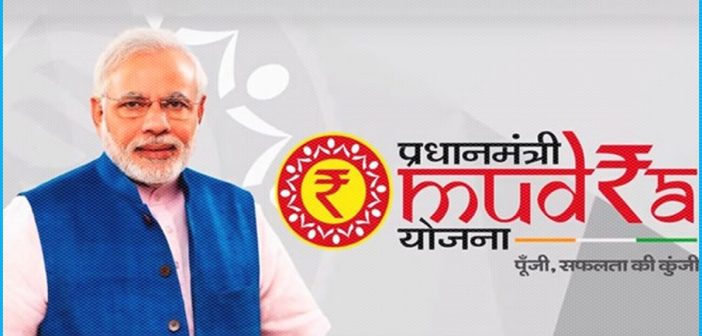India’s Pradhan Mantri MUDRA Yojana (PMMY), launched in 2015, aimed to provide a major boost to micro, small, and medium-sized enterprises (MSMEs). The scheme offers collateral-free loans of up to ₹10 lakhs to non-corporate, non-farm businesses, creating a pathway for entrepreneurship and job creation. While MUDRA has undoubtedly brought financial access to millions, its impact and sustainability remain a subject of debate.
Successes of the MUDRA Scheme
- Financial Inclusion: MUDRA’s primary achievement lies in extending credit to millions of underserved micro-enterprises previously excluded from formal banking systems. Since its inception, MUDRA has disbursed trillions of rupees in loans.
- Boosting Entrepreneurship: The scheme has fostered a spirit of self-employment, particularly among women and marginalized communities. Many small businesses have been established or expanded due to MUDRA loans.
- Job Creation: While precise data on MUDRA-generated employment is contested, the scheme has likely contributed to job creation in the informal sector.
- Low NPA Rates (Initially): Initially, MUDRA loans exhibited remarkably low non-performing asset (NPA) rates, suggesting successful repayment.
Failures and Challenges of the MUDRA Scheme
- Questionable Job Impact: Critics argue that MUDRA’s true job creation impact is limited. Many loans fund existing businesses or self-employment ventures that don’t generate substantial additional employment.
- Rising NPAs: In recent years, MUDRA’s NPA levels have increased, raising concerns about loan quality and long-term sustainability.
- Lack of Business Support: While access to credit is crucial, it’s not the sole factor determining business success. Many micro-entrepreneurs lack essential skills in business management, marketing, and financial planning, hindering the impact of loans.
- Potential for Misuse: Concerns exist about funds being diverted for non-business purposes, undermining the scheme’s objectives.
- Adequacy of Loan Amounts: Critics contend that the ₹10 lakh ceiling may be insufficient for businesses aiming for meaningful growth and large-scale job creation.
Analysis: Why Yojana Hasn’t Lived Up to Its Hype
Several factors explain why MUDRA hasn’t entirely fulfilled its promise:
- Focus on Quantity over Quality: Emphasis on loan disbursement targets may have led to compromising loan quality and rigorous scrutiny of business proposals.
- Structural Issues in MSME Sector: Limited market access, infrastructural gaps, and issues with raw material procurement plague the MSME sector. MUDRA alone cannot address these systemic problems.
- Need for Complementary Measures: Financial access needs to be coupled with training, mentorship, market linkages, and technological support for sustainable growth of micro-enterprises.
The Way Forward
MUDRA is a valuable initiative but needs refinement to maximize its potential:
- Prioritize Sustainable Businesses: Shift focus from loan volume to supporting viable businesses with growth potential.
- Holistic Ecosystem Approach: Provide micro-businesses with end-to-end support in addition to finance.
- Enhanced Monitoring: Establish rigorous systems to track loan utilization and impact, preventing misuse and course correction.
- Realistic Expectations: Acknowledge that MUDRA is not a panacea for all challenges facing the MSME sector. It’s a part of a broader strategy needed for a thriving MSME landscape.
Conclusion
MUDRA Yojana demonstrates a mixed record. While it expanded financial access for India’s micro-entrepreneurs, its impact on large-scale job creation and business growth remains limited. Addressing systemic shortcomings of the MSME sector, promoting entrepreneurship alongside financial support, and ensuring loan quality will be crucial to making MUDRA a true driver of economic progress.





